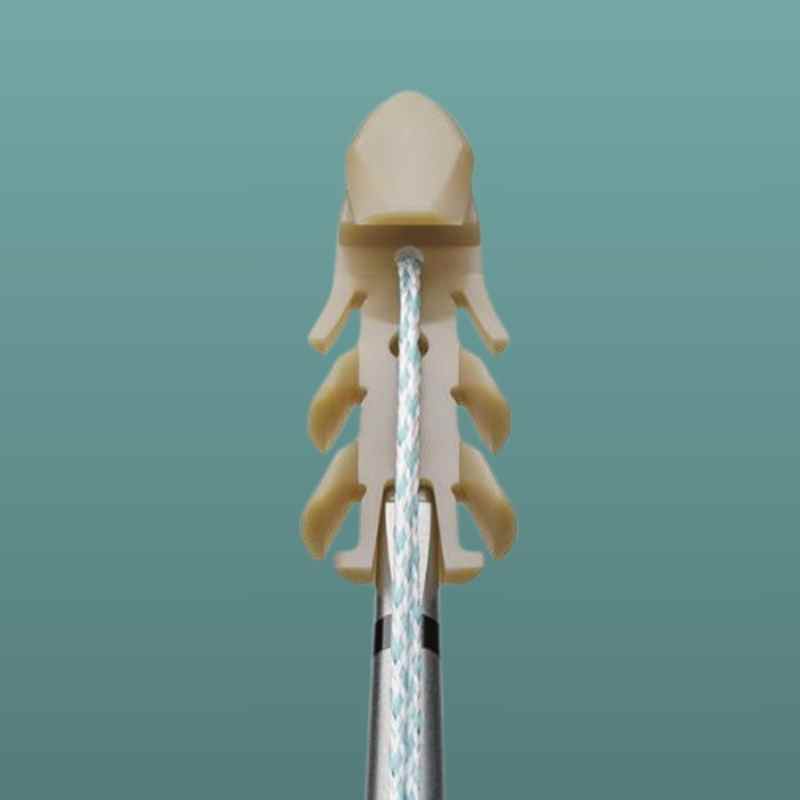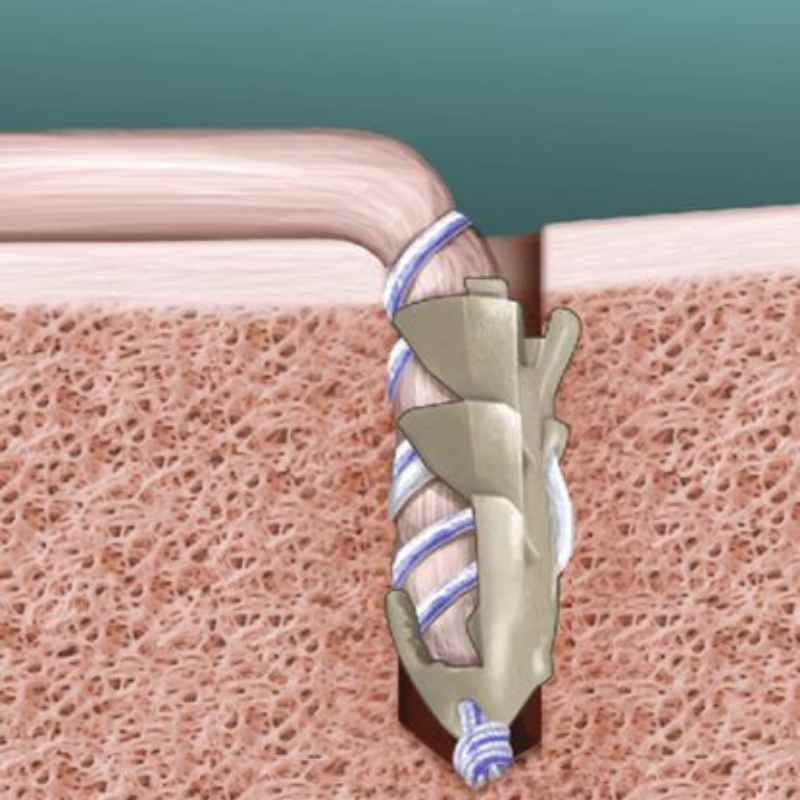The Tight-N™ Tendon Docking Anchor Overview:
Dr. Mark Getelman, along with Kevin Bonner, MD and David Diduch, MD developed the Tight-N™ Tendon Docking Anchor. It is a new and novel generation for tendon repair intended to provide fast easy and secure fixation and protect the tendon from wrap and laceration. It is designed to sit sub-cortically for high-strength fixation and uses the inlay technique which aims to optimize the healing environment.
What are the benefits of The Tight-N™ Tendon Docking Anchor?
The ease of use makes this anchor system highly desirable as well as:
- It protects tendons and grafts
- The inlay technique provides exposure to blood and bone marrow for an optimal healing environment
- The winged design allows for a high strength fixation


What is the Suprapec Approach with TIGHT-N Anchor?
Dr. Getelman recently taught on this technique to a packed house at the AAOS24 Annual Meeting. He explains how this new technology uses a classic technique:
Benefits of Suprapec:
- Reduced complication rates compared to subpec techniques
- Less stress-riser for fractures compared to subpec techniques
- No significant difference in bicipital groove pain versus subpec techniques
- Potentially less soft tissue damage and lower neurologic risk with an arthroscopic vs. open approach
Benefits of Inlay:
- Inserting tendons into bone tunnels is a preferred technique to maximize healing and repair tendons and ligaments (ex: ACL reconstruction)
- The cortical thickening of the bicipital groove allows for tunnel protection with reduced risk for fracture and flat surface to help with healing
- Exposure to blood and bone marrow may provide an optimal healing environment
What orthopedic treatments can be done with the The Tight-N™ Tendon Docking Anchor?
Shoulder:
Knee:
- Medial patellofemoral ligament (MPFL) repair/reconstruction
- Posterior oblique ligament (POL) repair
- Medial collateral ligament (MCL) repair
- Lateral collateral ligament (LCL) repair
- Anterolateral ligament (ALL) reconstruction
- Iliotibial (IT) band tenodesis
